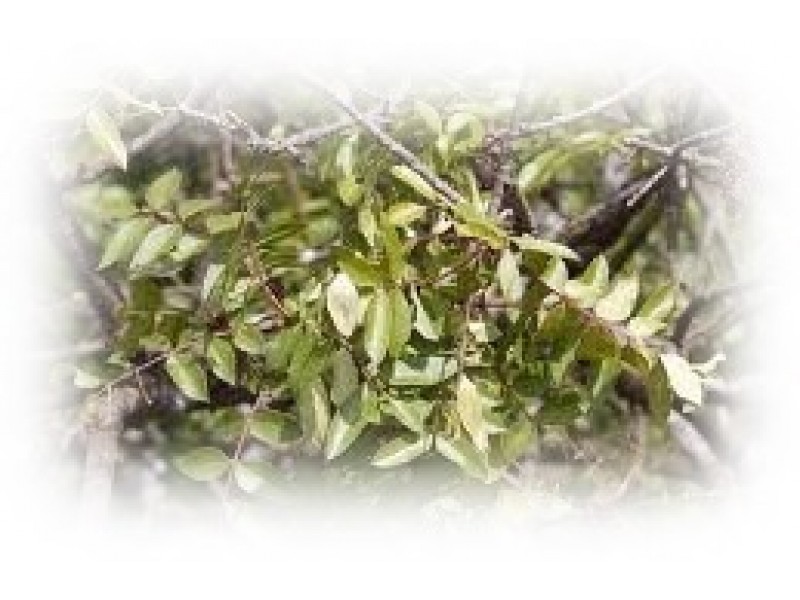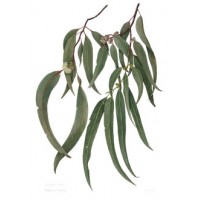Turpentine: Essential Oil
Latin Name: Pinus pinaster Sol.
Source: Portugal
Part of plant: Oleoresin
Grade: Pure & Natural
Aroma Character: Sweet, turpentine-like
Blends Well with: Benzoin, Cypress, Eucalyptus
Turpentine Properties: Antiseptic, thins secretion of windpipe and bronchial tract, relieves coughs, antiseptic for respiratory and urinary tract; dissolves gallstones; against rheumatism, pain remedy for rheumatism; vermifuge.
Turpentine Indications: Chronic bronchitis, colds, sinusitis, infection of the urinary tract and the kidneys, bladder inflammation, urethra inflammation, gallstone difficulties, edema, pyelitis, rheumatic neuralgia, rheumatism, gout; intestinal parasites (tapeworm); for accidental intake of phosphorus (according to J. Valnet).
Turpentine Main Components: Alpha-beta-pinene, dipentine, d-limonene.
Turpentine Contraindications, side effects: Can be used in very weak doses internally, with the exception of aerosol treatment and inhalation. Can irritate when used externally (possible skin allergies). Cannot be combined with any oxidants.
Probably most beneficial to the muscular and skeletal system due to its rubefacient and analgesic action. Turpentine could be helpful with rheumatic pain, gout, neuralgia, sciatica and muscular aches in general. Turpentine is a valuable antiseptic of the urinary tract, easing cystitis, oligaria and urethritis.

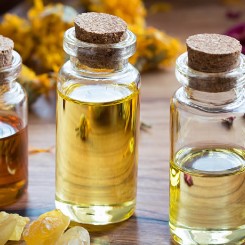 Essential Oils
Essential Oils
 Hydrolats, Hydrosols, Floral Waters
Hydrolats, Hydrosols, Floral Waters
 Synergies
Synergies
 Herbal Oils
Herbal Oils
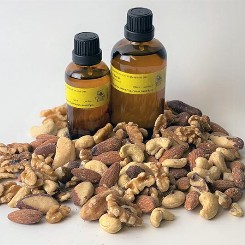 Vegetable Oils
Vegetable Oils
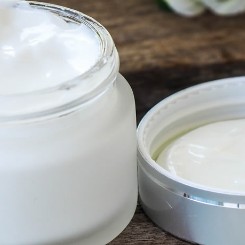 Bases
Bases
 Books, Kits and Trial Packs
Books, Kits and Trial Packs
 Skincare
Skincare
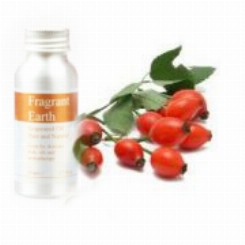 Body Care Oils
Body Care Oils
 Hair Care
Hair Care
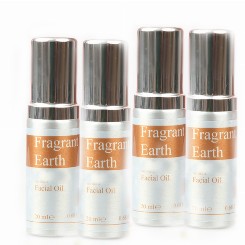 Facial Oils
Facial Oils
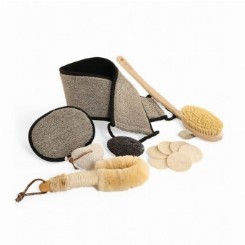 Eco Bath
Eco Bath
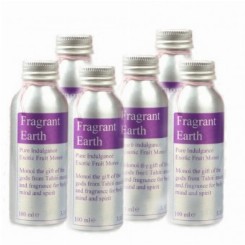 Pure Indulgence
Pure Indulgence
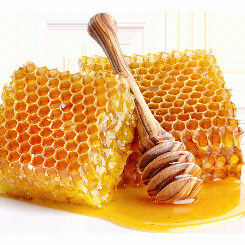 Honey, Beeswax & Propolis
Honey, Beeswax & Propolis
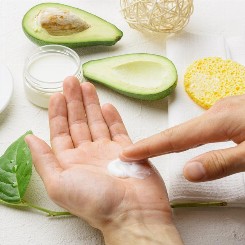 Handcream
Handcream
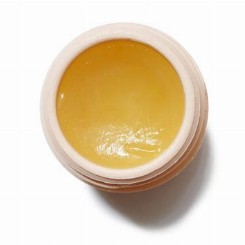 Balms, Salves & Ointments
Balms, Salves & Ointments
 Oral Care
Oral Care
 Feminine Hygiene
Feminine Hygiene
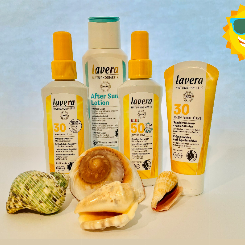 Sun Care
Sun Care
 The Walton Cat
The Walton Cat
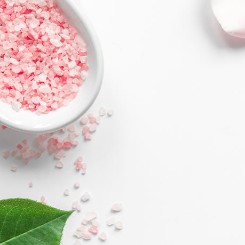 Bath Salts
Bath Salts
 Somerset Lavender
Somerset Lavender
 Diffusers
Diffusers
 Candles
Candles
 Shower Gel
Shower Gel
 Soap
Soap
 Books
Books
-245x-245x.jpg) Aromatic Waters
Aromatic Waters
 Style Aroma
Style Aroma
 Synergy Blends
Synergy Blends
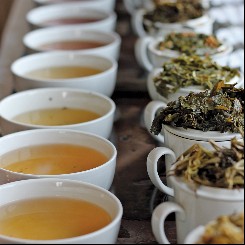 Miles Speciality Teas & Coffees
Miles Speciality Teas & Coffees
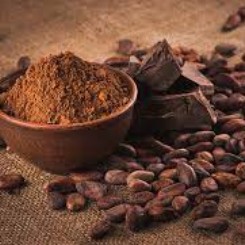 Chocolate one of life's passions
Chocolate one of life's passions
